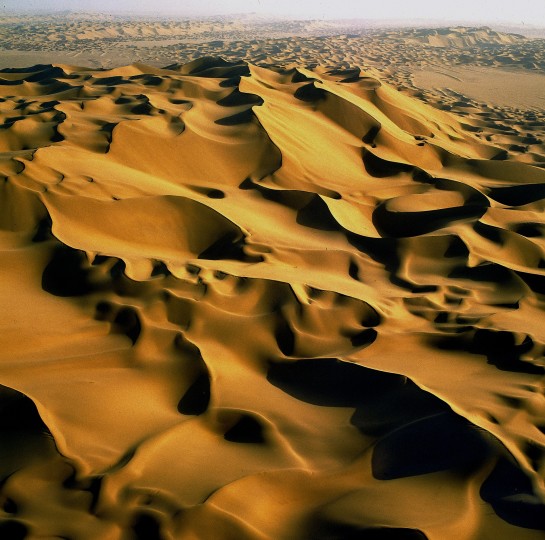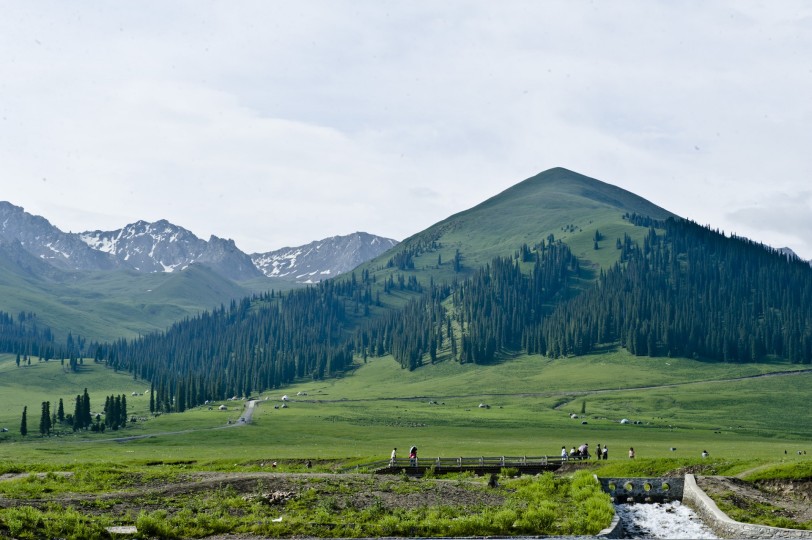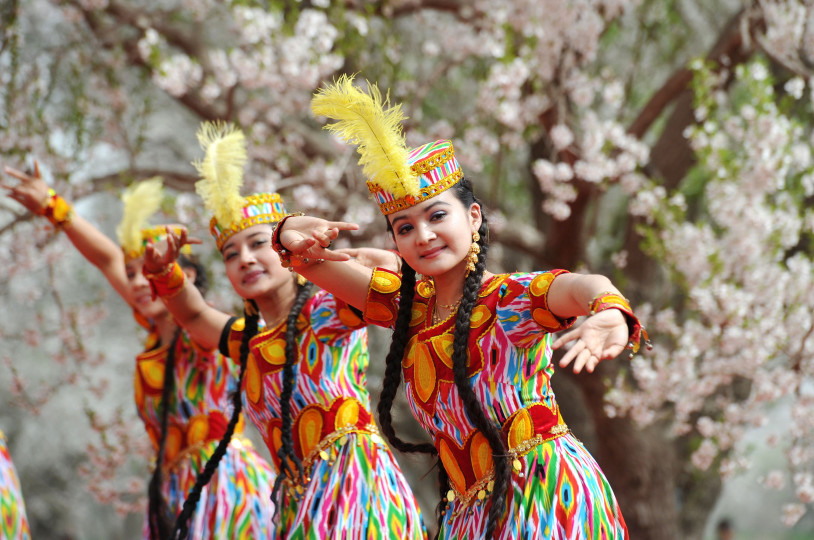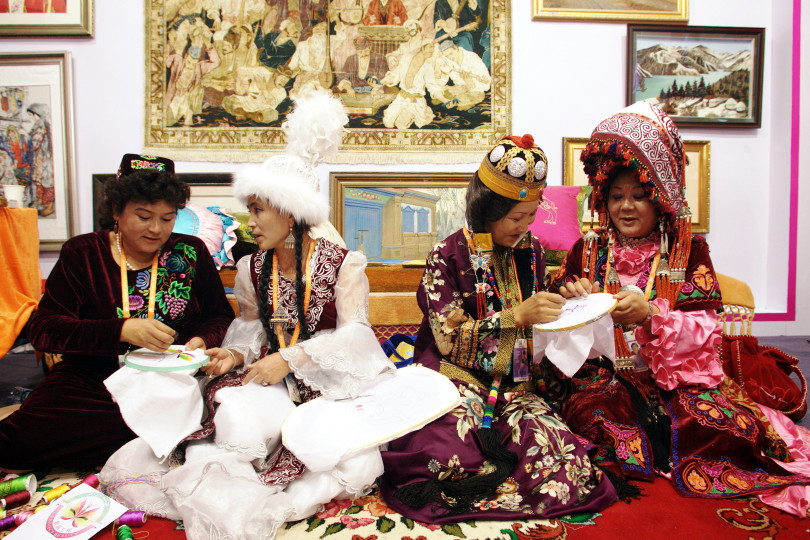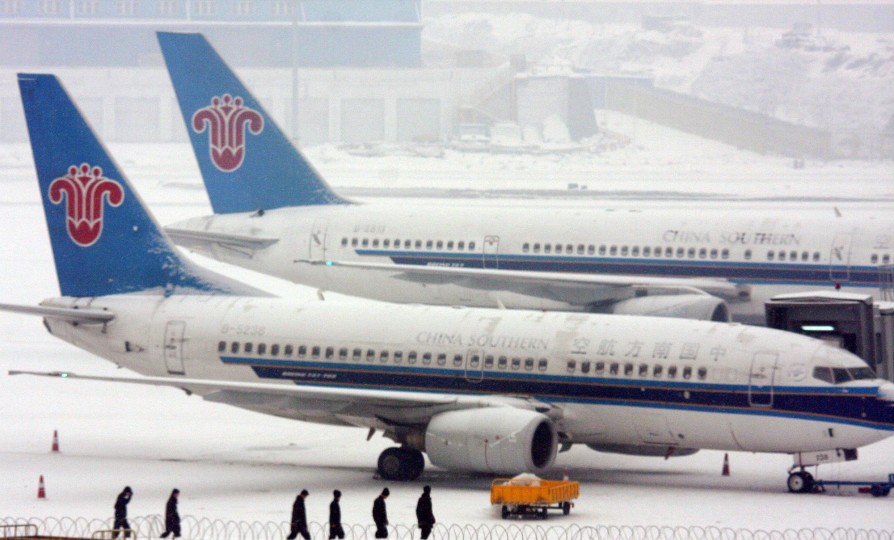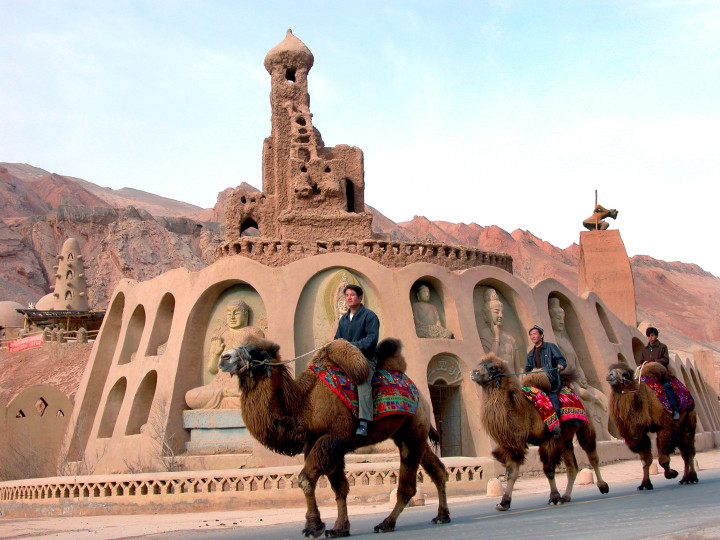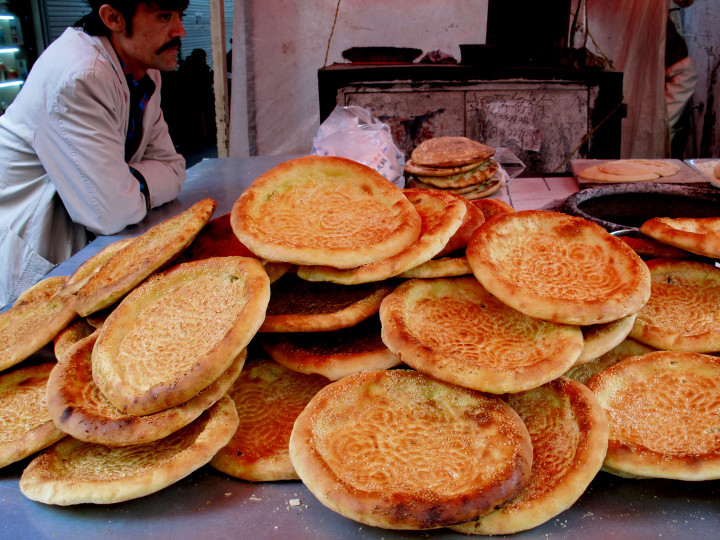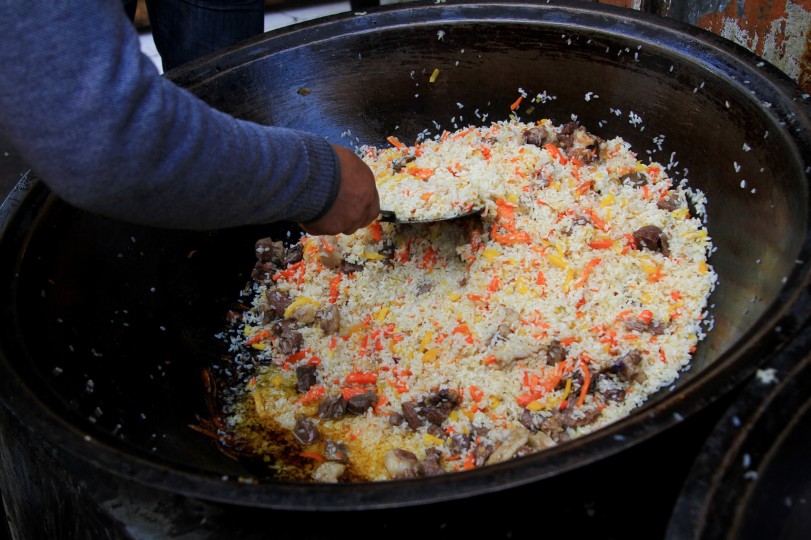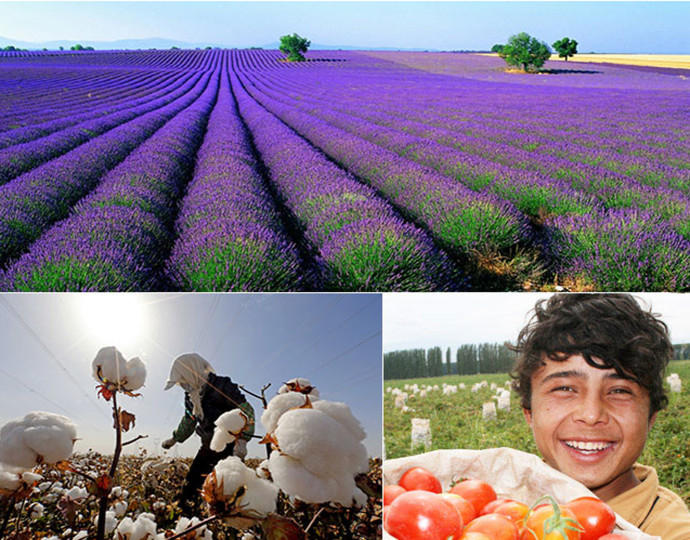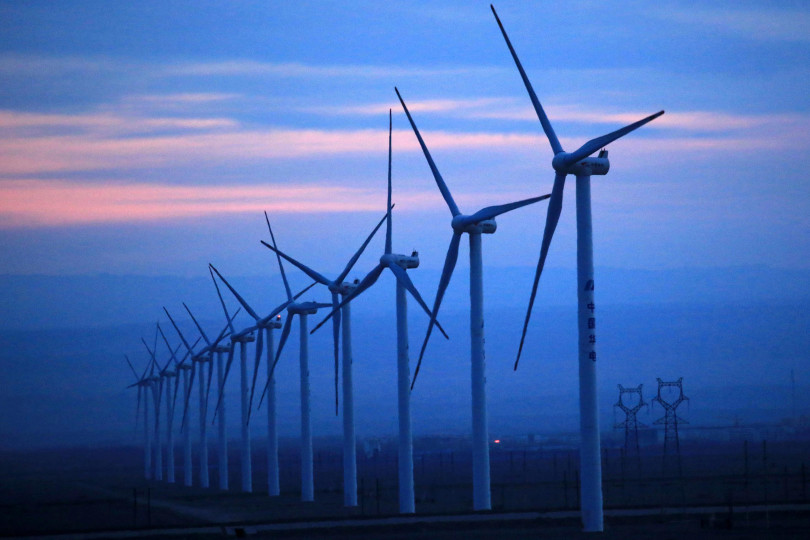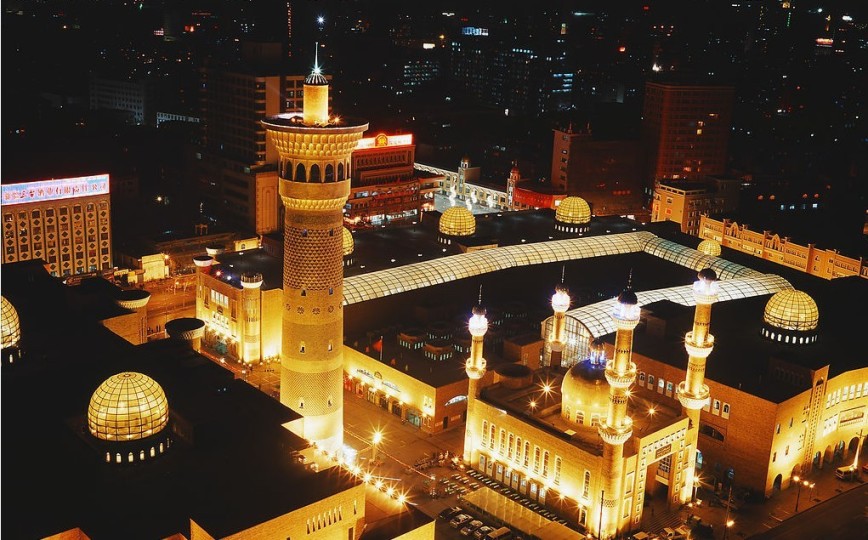Located in the northwestern China, Xinjiang Uygur Autonomous Region has a long and rich history. Here are some things you may not know about Xinjiang.
1. Its one of the largest regions in China
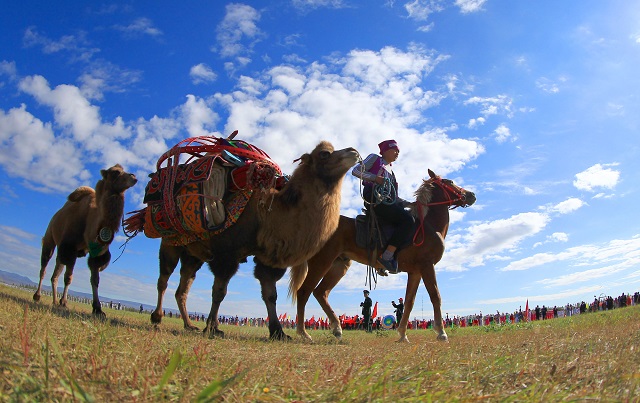
Photo from CFP.
Xinjiang is 1.66 million square kilometers (641,000 square miles) making it nearly four times the size of the U.S. state of California, and one-sixth the size of all of China. Xinjiang also has the longest boundaries among China’s provinces and autonomous regions, sharing 5,600 kilometers (3,479 miles) of frontier with Mongolia, Russia, Kazakhstan, Kyrgyzstan, Tajikistan, Afghanistan, and Pakistan and India.
2. It has some of the most beautiful landscapes in China
The landscape of Xinjiang covers diverse ecological regions including the Insukati Valley, Flaming Mountains, Taklimakan desert, Kanas Lake, and Nalat Grassland.
3. The largest ethnic group are the Uygurs
Uygurs make up the largest ethnic group in Xinjiang (48 percent) at 10.37 million in 2013, followed by 8.4 million (39 percent) Han, and 1.54 million (7 percent) Kazaks. There are a total of 47 ethnic groups represented in the region.
Uygur means “unity” or “alliance.” The origin of the ethnic group can be traced back to the Dingling nomads in northern and northwestern China and in areas south of Lake Baikal and between the Irtish River and Lake Balkhash in the third century B.C., according to Xinjiang Uygur Autonomous Region People’s Government Information Office.
Uygurs have deep roots in the region. Unlike many nomadic tribes in Central Asia, Uygurs developed in oasis towns along the Silk Road, Time Magazine reported. Uygurs converted to Islam in the 10th Century AD and the city of Kashgar became one of the major learning centers of Islam.
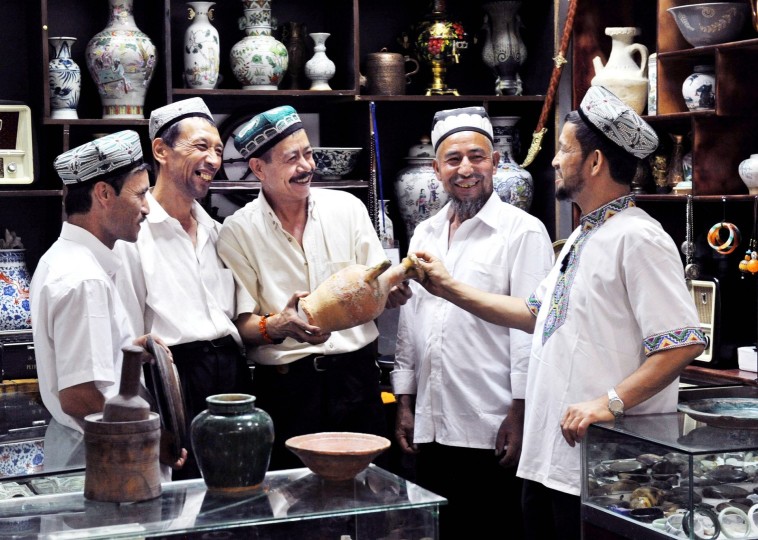
Photo by CFP.
4. There are many famous people from Xinjiang
Famous celebrities that hail from Xinjiang include CCTV host Nigmat Rahman, actress Jiang Xin, actress Tong Liya, and director Lu Chuan.
5. It has the longest airline routes in China.
Xinjiang has 16 airports, the most of all provinces and regions in China.
6. Xinjiang food is delicious
If you’re visiting Xinjiang, be sure to sample some traditional foods such as sautéd spicy chicken, hand pilaf (rice eaten with the hands), shashlik (skewered meat), nang (a crusty pancake), and pulled noodles.
7. It is known for many products
Xinjiang specialties include lavender, cotton, tomato, mutton, beef, jujube, and various fruits.
8. It’s rich in mineral resources
Xinjiang has the richest mineral resources in China, with 138 different types accounting for more than 80 percent of all minerals discovered in the country. Nephrite is one of China’s top five famous jades and most of it is found in Hetian, Xinjiang.
9. The entire region operates on one time zone
Although Xinjiang uses Beijing time (GMT +8), it spans two time zones and sunlight is two or three hours behind Beijing. Many people rise two hours earlier than they naturally would to be in synch with the eastern part of the country.
Story by CCTV America and Xinhua.
 CGTN America
CGTN America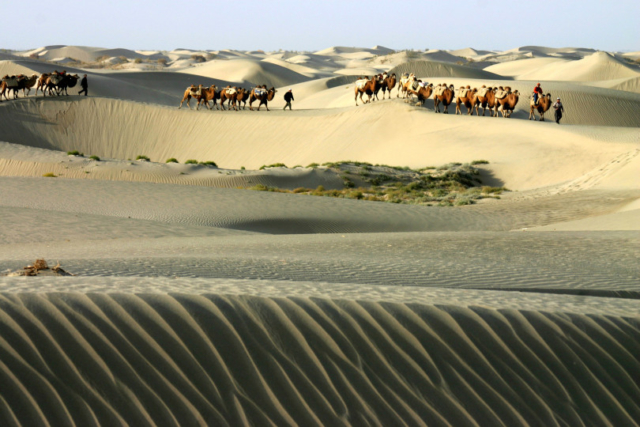 Photo by CFP.
Photo by CFP.

